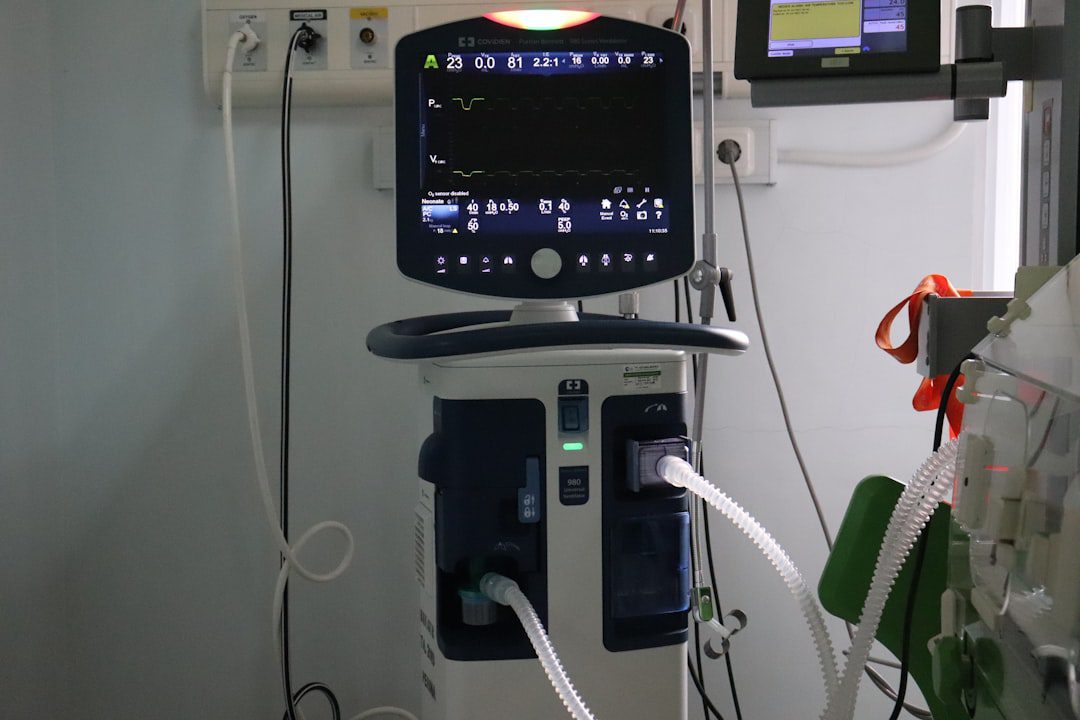
Understanding the FDA’s Early Alert System
The FDA has issued an early alert regarding a software issue affecting Baxter infusion pumps, marking a significant development in the agency’s Communications Pilot to Enhance the Medical Device Recall Program. This proactive communication approach represents a shift toward more transparent and immediate safety notifications, providing medical device manufacturers with critical insights into emerging quality issues before formal recall proceedings begin.
What Happened: Baxter Infusion Pump Software Issue
While specific technical details of the software issue remain limited in the initial alert, the FDA’s decision to issue an early warning indicates a potential safety concern that could impact patient care. Infusion pumps are Class II medical devices that deliver medications, nutrients, or other fluids directly into patients’ circulatory systems, making software reliability absolutely critical for patient safety.
Software-related issues in infusion pumps have historically been among the most serious device malfunctions, potentially leading to:
- Incorrect dosage delivery (over-infusion or under-infusion)
- System failures during critical treatments
- Compromised alarm functionality
- Data integrity issues affecting patient monitoring
Why This Matters for Medical Device Manufacturers
The FDA’s early alert system serves multiple purposes that directly impact manufacturers across the industry:
Enhanced Post-Market Surveillance
This communication demonstrates the FDA’s commitment to real-time safety monitoring under the Communications Pilot program. Manufacturers should expect more immediate and transparent communication regarding emerging safety issues, requiring faster internal response capabilities.
Software Validation Spotlight
The nature of this alert reinforces the critical importance of robust software validation processes. Under FDA guidance documents like “Guidance for the Content of Premarket Submissions for Software Contained in Medical Devices,” manufacturers must demonstrate comprehensive software lifecycle processes.
Risk Management Implications
This incident highlights the ongoing risk management requirements under ISO 14971. Manufacturers must continuously monitor and assess software-related risks throughout the device lifecycle, not just during initial design and validation phases.
Immediate Actions for Medical Device Manufacturers
1. Review Your Software Validation Processes
Conduct a thorough assessment of your current software validation procedures, ensuring compliance with:
- IEC 62304 (Medical Device Software Lifecycle Processes)
- FDA Software Validation Guidance
- ISO 13485 software development requirements
2. Strengthen Post-Market Surveillance
Implement or enhance monitoring systems to detect software-related issues early:
- Establish robust complaint handling procedures
- Implement proactive software monitoring capabilities
- Develop rapid response protocols for software issues
- Maintain comprehensive software change control documentation
3. Prepare for Enhanced FDA Communications
The Communications Pilot program signals increased FDA transparency. Manufacturers should:
- Establish internal early warning systems
- Develop rapid response communication plans
- Ensure regulatory affairs teams can quickly assess and respond to alerts
- Train quality assurance teams on new communication protocols
Long-Term Compliance Strategies
Software Lifecycle Management
Implement comprehensive software lifecycle management that includes:
- Continuous risk assessment throughout the product lifecycle
- Regular software updates and security patches
- Comprehensive documentation of all software changes
- User feedback integration into software improvement processes
Quality Management System Enhancement
Ensure your QMS adequately addresses software-specific requirements through regular internal audits focusing on software development and maintenance processes.
Key Takeaways
The Baxter infusion pump early alert serves as a critical reminder that software reliability remains a top FDA priority. Medical device manufacturers must view this not just as an isolated incident, but as an indicator of increased regulatory scrutiny and the need for enhanced software quality assurance processes.
By proactively addressing software validation, implementing robust post-market surveillance, and preparing for enhanced FDA communications, manufacturers can better protect patients while maintaining regulatory compliance in an evolving regulatory landscape.


No comments yet. Be the first to comment!